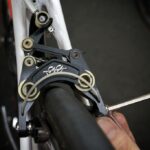Riding a bike with no hands is one of the most exhilarating and rewarding experiences you can have on two wheels. It gives you a sense of freedom, confidence, and mastery over your bike. But how to ride a bike with no hands without falling or crashing?
In this blog post, we will show you the steps, tips, and tricks on How to Ride a Bike With No Hands safely and smoothly. You will discover the benefits of this skill, the best conditions and equipment for it, and the common mistakes to avoid.
By the end of this post, you will be ready to take your hands off the handlebars and enjoy the ride like never before.
Benefits of Cycling With No Hands
Cycling with no hands is not only a fun skill to learn, but also a beneficial one. It can improve your balance, coordination, and confidence on the bike. It can also help you relax your upper body and reduce tension in your neck, shoulders, and arms.
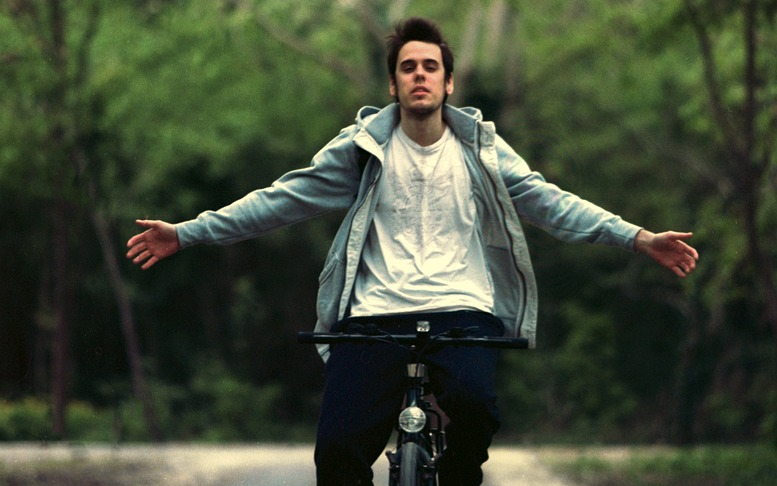
Cycling with no hands can also make you more aware of your surroundings and your posture, as you have to rely on your core muscles and your vision to steer. Moreover, cycling with no hands can add some variety and challenge to your regular rides, making them more enjoyable and rewarding.
How to Ride a Bike With No Hands?
Step 1: Choose a suitable bike and location
Mastering the art of riding no-handed hinges on selecting the right bike and practicing in an appropriate location. Road bikes, with stable geometry, lighter weight, and a smoother drivetrain, are preferable over mountain bikes for this skill.
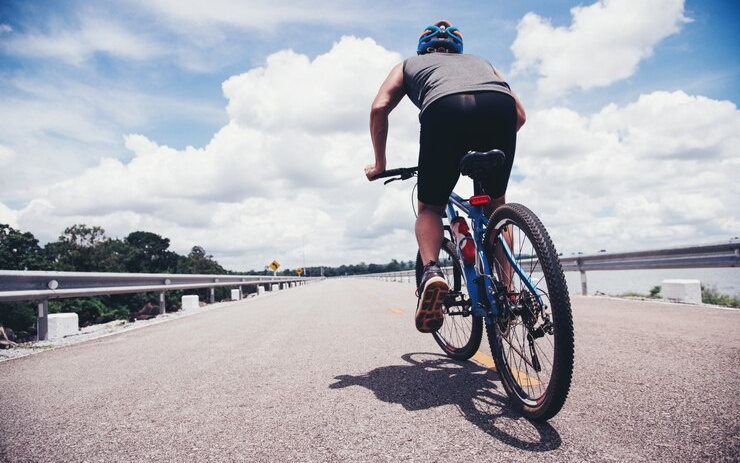
Similarly, fixed-gear bikes, with a direct pedal-to-rear-wheel connection, offer enhanced responsiveness. Critical bike features for no-handed riding include stable geometry with a longer wheelbase, lower bottom bracket, and slacker head angle; a comfortable saddle tailored to the rider’s body; and a well-maintained, lubricated drivetrain for smooth pedaling.
When choosing a practice location, opt for flat, quiet roads, bike paths, or parking lots to ensure a safe environment without hills, curves, or traffic. Seek wide, clear spaces, avoiding obstacles like potholes, cracks, or debris.
Familiar, comfortable surroundings aid relaxation and focus during practice. Riding no-handed is inherently risky, requiring caution and protective gear such as a helmet, gloves, and sunglasses.
It’s crucial to avoid crowded or hazardous areas, and always prioritize safety when attempting this skill, acknowledging its potential for serious injuries or accidents.
Step 2: Get comfortable on the bike and loosen your grip
Before attempting no-handed riding, ensure bike comfort and loosen your grip on the handlebars, facilitating a smoother transition and increased confidence. Bike adjustment is crucial for comfort, involving setting the seat height to allow a slightly bent leg for efficient pedaling without strain on knees or hips.
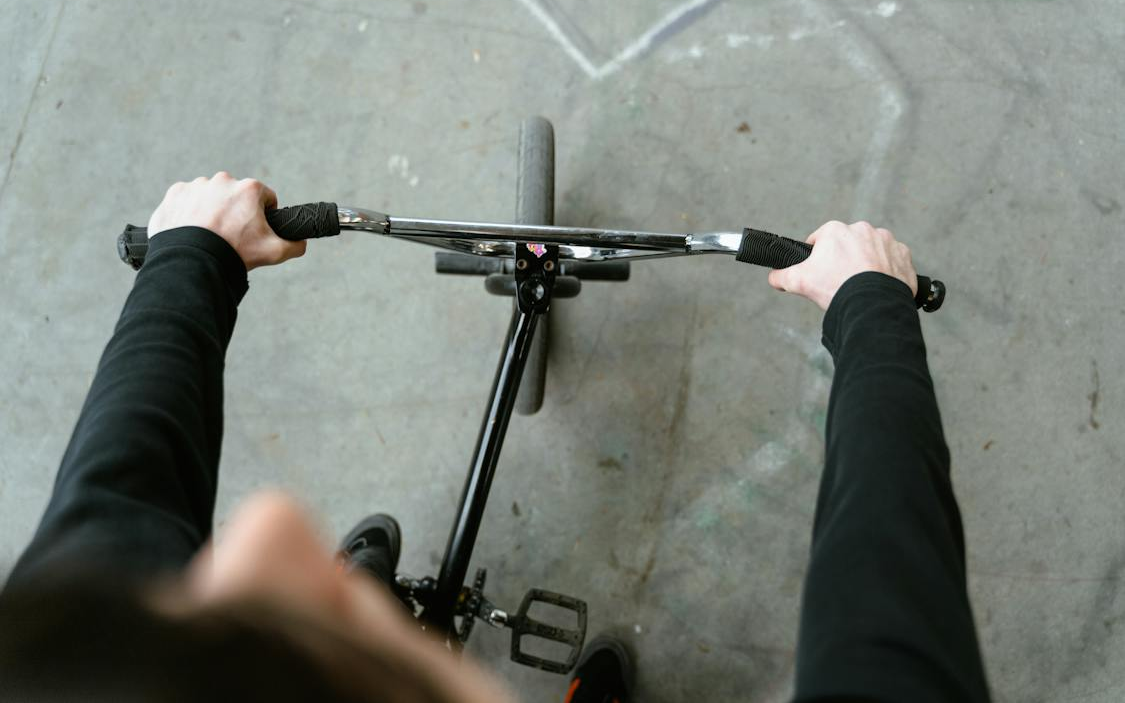
Ensure the handlebar position maintains slightly bent elbows and relaxed shoulders for easy steering and control without neck or back strain. Adjust tire pressure according to recommendations for a smooth and safe ride, preventing traction loss or punctures.
Loosening the grip involves starting at a moderate pedaling speed, maintaining a comfortable cadence, and adopting an appropriate posture. Pedal at a speed suitable for your skill, balancing momentum without inducing fatigue or nervousness.
Find a comfortable cadence to keep pedaling smooth and consistent without causing sweat or heavy breathing. Maintain a stable posture by sitting with a straight back, head up, and looking ahead to ensure clear vision without tension or dizziness.
Relax arms, shoulders, and hands by deep and calm breathing, inhaling through the nose and exhaling through the mouth. Let go of fear and anxiety by reminding yourself of safety and capability, trusting the bike and body, boosting confidence, and reducing stress. These details are essential for a comfortable and successful transition to no-handed riding.
Step 3: Shift your weight and balance to the rear and center of the bike
Once comfortable on the bike with a loosened grip on the handlebars, the next step is shifting your weight and balance to the rear and center, relinquishing reliance on hands and arms for control. Engage core muscles, such as the abs and lower back, utilizing them to support the upper body and spine.
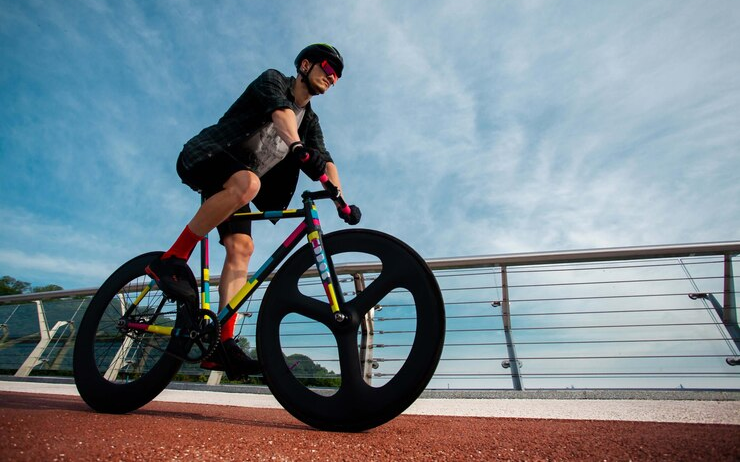
Move your hips forward or backward, adjusting the center of gravity and balance without relying on your hands. Maintain a straight back keep your head up to stabilize posture and ensure clear vision while steering the bike by leaning slightly left or right.
Use subtle movements of the knees and feet, utilizing body weight and pedals to avoid turning or twisting the handlebars. Shift your body weight left or right and apply more pressure on the pedal opposite the desired direction, facilitating controlled steering without compromising stability.
Avoid turning or twisting the handlebars and refrain from touching the brakes to maintain stability. To pedal smoothly, keep a steady cadence and speed without sudden motions by avoiding changes in gears or coasting. Steady pedaling ensures balance and momentum, enhancing the overall control and predictability of the bike.
Step 4: Lift one hand off the handlebar and then the other
Having shifted your weight to the rear and center of the bike, the time has come for your first no-handed ride. Initiating this daring feat involves a deliberate choice of which hand to lift first, be it the dominant or non-dominant, emphasizing personal comfort.
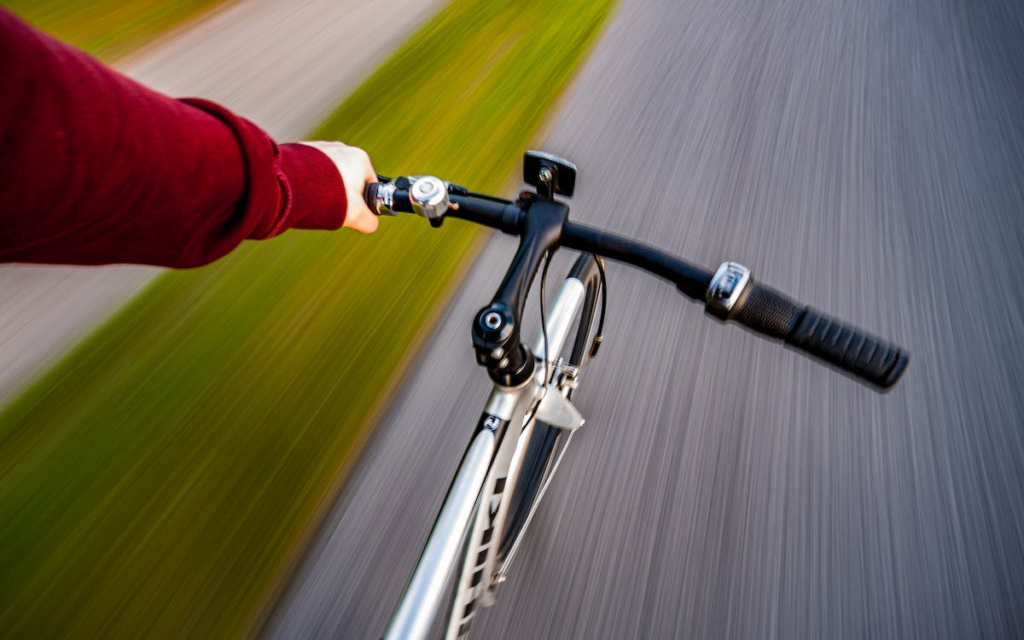
Execute the lift with deliberate slowness, maintaining proximity to the handlebar to preserve control in case of an emergency. Combat the inherent fear of falling by employing mental diversion tactics such as humming a familiar and upbeat song, counting numbers in a rhythmic pattern, or reciting an empowering mantra.
Once confidence and balance are secured, replicate the process for the other hand, ensuring the same meticulous and gentle approach. Crucially, both hands must remain near the handlebars, poised to react promptly if stability wavers.
Congratulations on achieving this milestone of your first no-handed ride! Your dedication and courage have led to the mastery of this exhilarating skill. Embrace the sensation, savor the accomplishment, and continue practicing to refine and amplify your cycling abilities.
The journey toward cycling proficiency is a dynamic and rewarding endeavor, and this achievement signifies a commendable stride forward. As you revel in this moment, celebrate the newfound capability and relish the thrill of navigating the road hands-free.
Step 5: Master the skill and try some variations
Once you’ve mastered the fundamental skill of riding no-handed, elevating your proficiency involves embracing challenges and introducing playful variations. Enhance your ability by diversifying speed, terrain, and wind conditions, fostering balance, stability, and resilience.
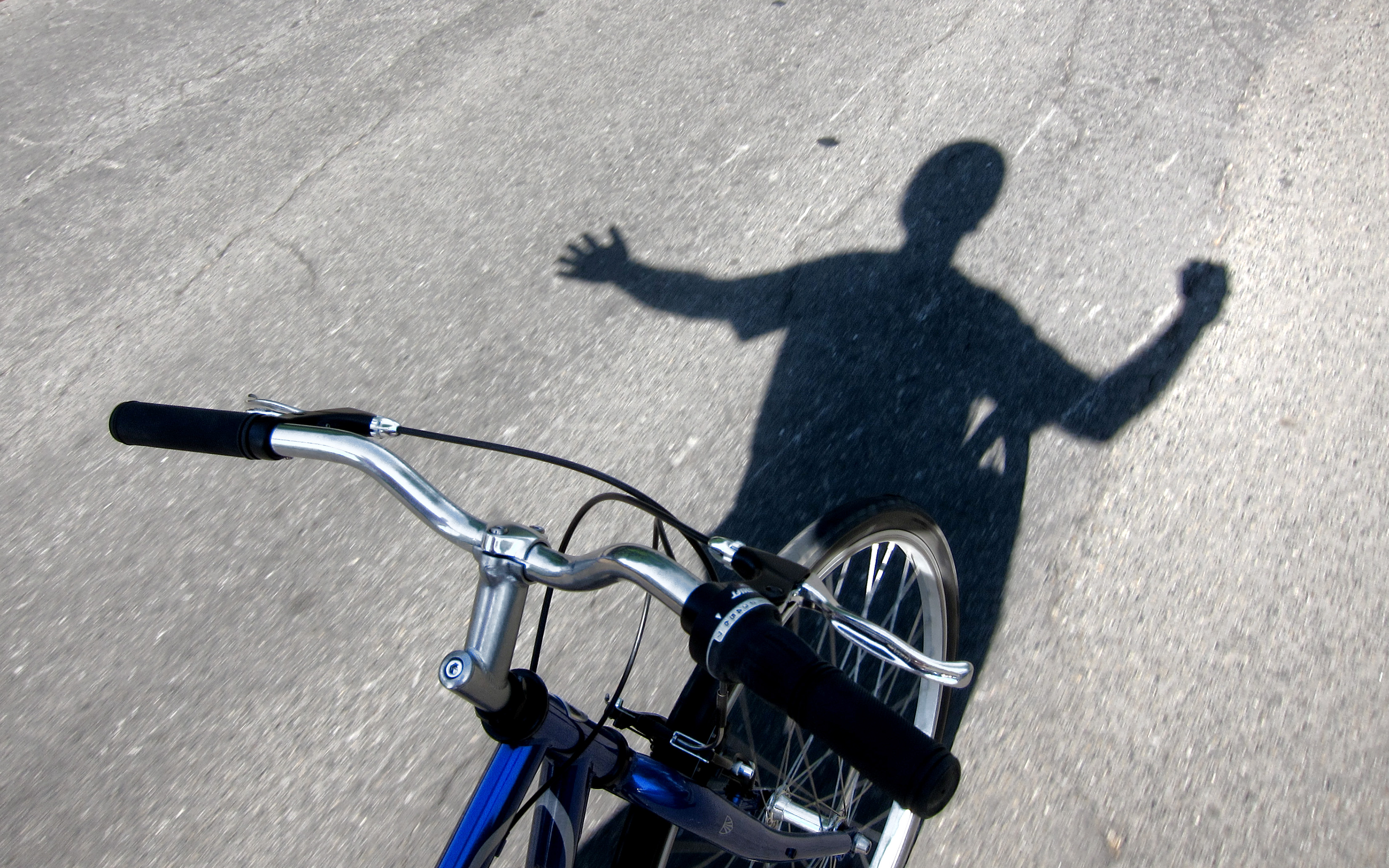
Experiment with slow, medium, and fast speeds, tackle smooth, rough, and uneven terrains, and confront calm, breezy, or windy conditions to push your limits. Once at ease with riding no-handed, inject novelty by incorporating gestures like waving, clapping, or stretching.
From expressing friendliness through waves to infusing joy with claps or promoting flexibility through stretches, these movements add flair and enjoyment to your ride. While this skill brings reward and enjoyment, it demands caution to avoid pitfalls.
Stay focused to prevent distractions, avoid oversteering that may destabilize your bike, and resist panic in challenging situations like bumps or gusts. Prioritize safety by maintaining awareness, adhering to road rules, and refraining from riding no-handed in crowded or hazardous areas.
Equip yourself with protective gear, including a helmet, gloves, and sunglasses, to mitigate potential risks. As you explore the exciting realm of no-handed riding, striking a balance between thrill and responsibility ensures a safe and enjoyable cycling experience.
Safety Considerations
You should be aware of some safety risks before you start your journey of learning how to ride with no hands on a bike. To avoid accidents and injuries, you should choose a suitable riding environment, such as a flat, smooth, and traffic-free road or trail. You should also wear protective gear, such as a helmet, gloves, and pads, to minimize the impact of a possible fall.
Moreover, you should be alert and attentive to your surroundings and potential hazards, such as potholes, bumps, pedestrians, and other vehicles. By following these safety considerations, you can enjoy riding a bike with no hands without compromising your well-being.
Troubleshooting and Common Mistakes
Riding a bike with no hands can be tricky and frustrating at first. Some common challenges faced by beginners are losing balance, steering off course, or falling off the bike.

To overcome these difficulties, you need to practice regularly and gradually increase the duration and speed of your no-hands riding. You also need to overcome your fear and anxiety, which can affect your confidence and performance.
One way to do this is to breathe deeply and relax your body and mind. Another way is to learn from your mistakes and refine your skills, instead of giving up or getting discouraged. By troubleshooting and avoiding common mistakes, you can master the art of riding a bike with no hands.
Conclusion
Riding a bike with no hands is a fun and challenging skill that can improve your balance, coordination, and confidence on the bike. It can also give you a break from gripping the handlebars and let you enjoy the scenery more.
To learn how to ride a bike with no hands, you need to choose a suitable bike and location, get comfortable on the bike, shift your weight and balance, lift your hands off the handlebars, and master the skill with practice and variations.
Remember to always follow the safety considerations and avoid common mistakes. Have you tried riding a bike with no hands? How did it go? Share your feedback, experience, or questions in the comments below.
FAQs
Your hand may become weak due to nerve compression or inflammation caused by prolonged pressure or vibration on the handlebars.
Due to uneven weight distribution, misaligned wheels, loose headset, or anatomical asymmetry.
It can be dangerous if you lose control, balance, or braking ability. It can also be illegal in some places.
Practice on a smooth surface, get comfortable on the bike, tuck your elbows in, and lift your hands off the bars gradually.


